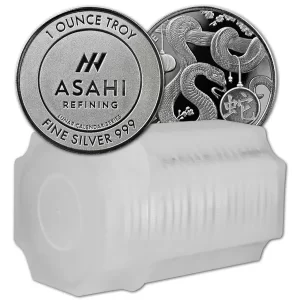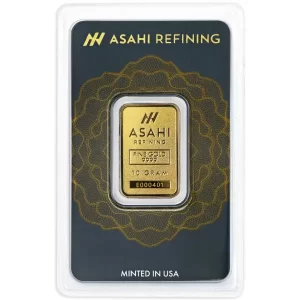Beyond Silver’s shiny surface lies a vast and intricate network of mining operations that play a critical role in determining its price. Today, we’ll delve deep into the world of silver mining and its profound influence on global silver prices.
How is Silver Mined?
Silver is primarily extracted from the earth through traditional hard rock mining, though placer mining (using water) also retrieves a small percentage. Silver often occurs in combination with other metals like lead, zinc, copper, or gold. These ores are initially processed to concentrate the silver, which is then purified further.
Leading Silver Mining Countries
Countries like Mexico, Peru, and China are some of the largest producers of silver in the world. Their mining policies, production rates, and geopolitical stability can significantly influence global supply and, by extension, prices.
Supply Challenges & Silver Prices
Several factors associated with mining can affect the supply of silver:
Operational Costs: The expense of extracting silver, especially from deeper mines or lower grade ores, can influence whether it’s profitable to mine. Higher costs might mean reduced supply, pushing prices up.
Geopolitical Factors: Mining operations can be affected by political instability, stringent regulations, or environmental concerns in major silver-producing countries. Such interruptions can constrict supply and nudge prices upward.
Exploration and Discoveries: The discovery of new silver deposits can increase supply, potentially stabilizing or reducing prices. Conversely, a lack of new discoveries might foresee a future tightening of supply.
By-product Production: As most of the silver is produced as a by-product of mining other metals, the demand and price for those primary metals (like copper or gold) can indirectly affect silver production and prices.
Demand Dynamics and Their Interplay
While mining largely influences supply, the demand side of the equation is equally vital. Industries, from electronics to solar panels and photography, are significant consumers of silver. A surge in industrial demand, combined with mining constraints, can lead to price spikes.
Environmental Considerations
Modern mining operations are more environmentally aware than ever. The push for sustainable and green mining practices can add to operational costs but is essential for long-term ecological balance. Such practices might play a role in determining production rates and costs, indirectly influencing prices.
Note for Investors
For those interested in investing in silver, understanding the intricacies of mining is crucial. Production rates, potential mining disruptions, and the overall health of the mining industry can provide insights into future price movements. As consumers, investors, or simply enthusiasts, recognizing the profound impact of mining on silver prices allows us to appreciate this precious metal even more.
 Hi,
Hi,





















